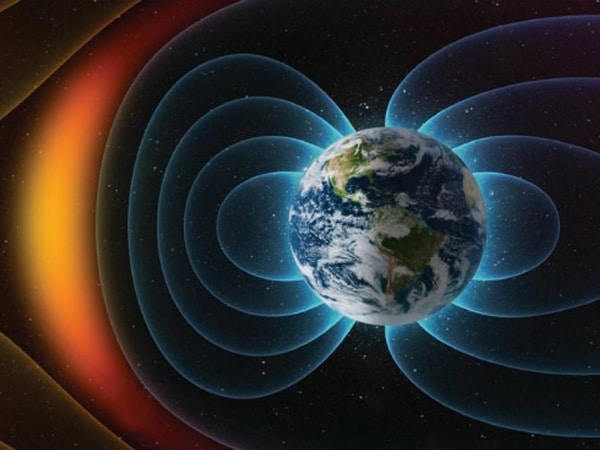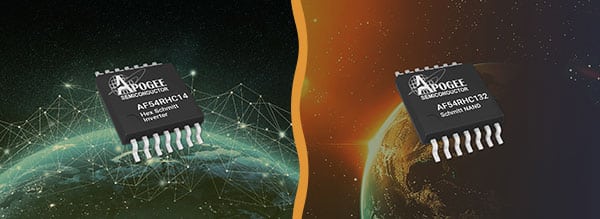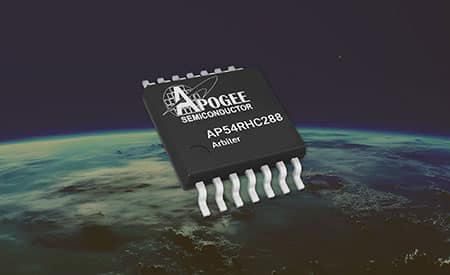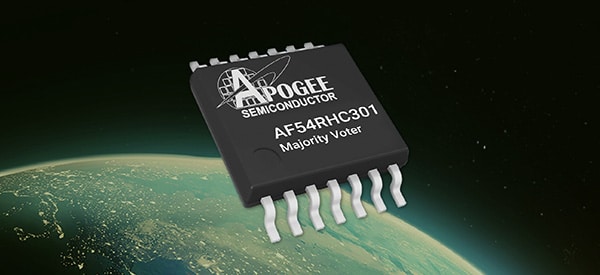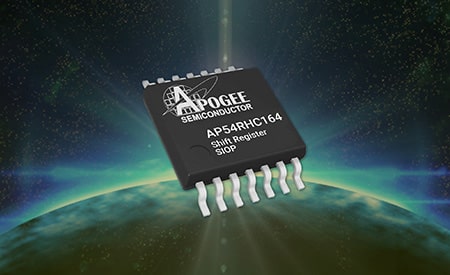| ||||||||||||||||||||||||||||||||||||||||||||||||||||||||||||||||||||||||||||||||||||||||||||||||||||||||||||||||||||||||
Friday, May 31, 2024
That's 42 For Artemis - SpaceNews This Week
ESA’s Zero Debris Charter gains momentum with initial signatories 🛰️
Plus: Space Force satellite decision, China's dual launches, and Artemis Accords expansion 🌍

| ||||||||||||||||||||||||||||||||||||||||||||||||||||||||||||||||||||
Thursday, May 30, 2024
Sponsored - Apogee Semiconductor Releases New ICs that Improve Reliability of Small Satellite Constellations
| |||||||||||||||||||||||||||||||||||||||||||||||||||||||||||||||||||||||||||||||||||||||||||||||||||||||||||||||||||||||||||||||||||||||||||||||||||||||||||||||||||||||||||||||||||||||||||||||||||||||||||||||||||||||||||||||||||||||||||||||||||||||||||||||||||||||||||||||||||||||||||||||||||||||||||||||||||||||||||||||||||||||||||||||||||||||||||||||||||||||||||||||||||||||||||||||||
|
Subscribe to:
Comments (Atom)
Top Stories: Isaacman stresses crewed moon mission
Plus: China concludes GEO refueling test ...

-
Educational Poster: The Standard Model of Fundamental Particles and Interactions #EducationalPoster #StandardModel #FundamentalParticles #In...
-
Plus: The head of the FAA's commercial space transportation office is leaving ...
-
Mathematics T-Shirt 👕: Prints : Optical Illusion, delusion, fantasy, hallucination, phantasm, phantom, ghost, specter, #OpticalIllusion, ...










